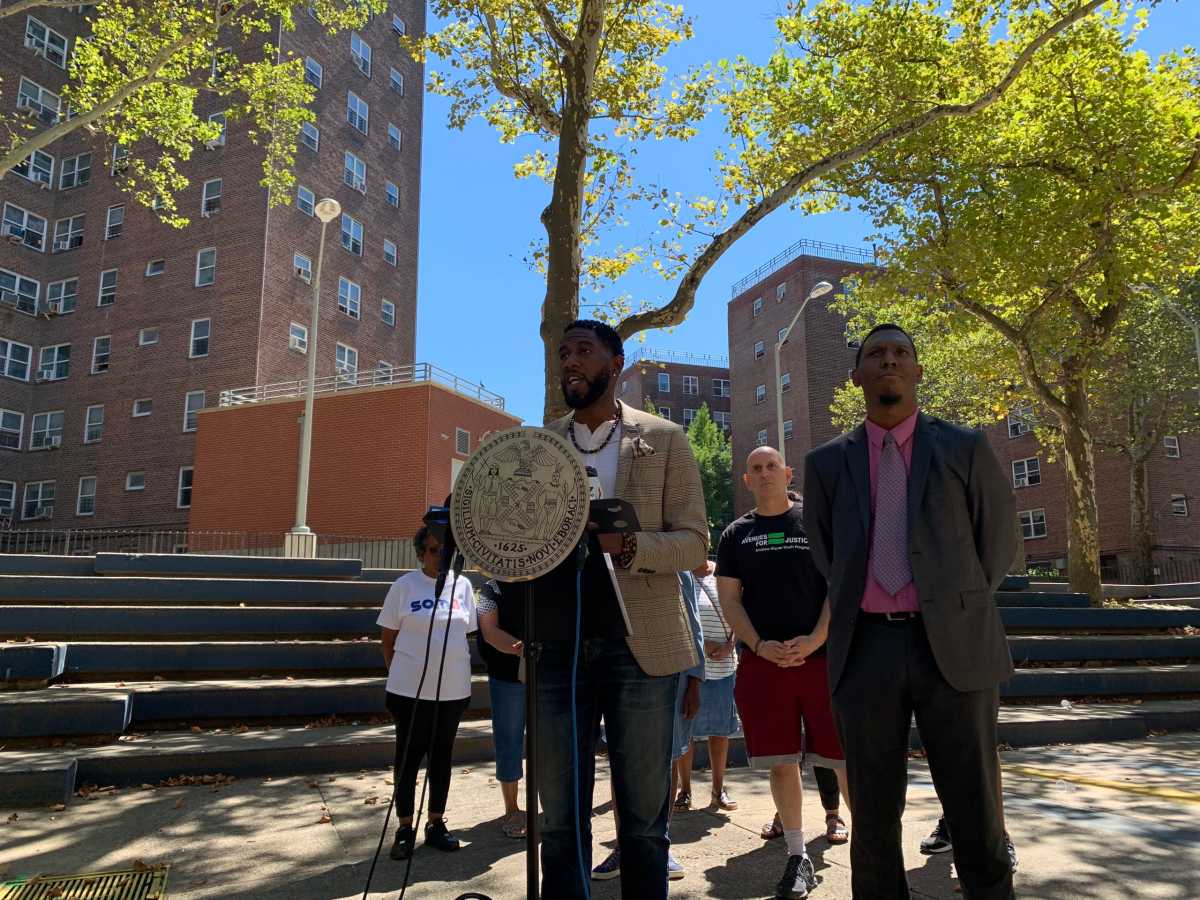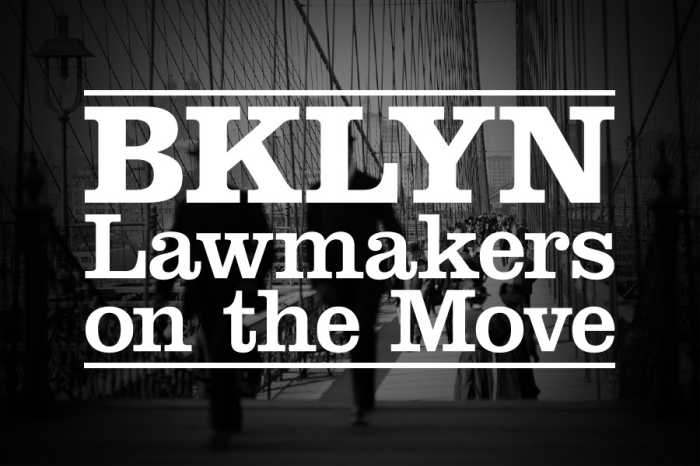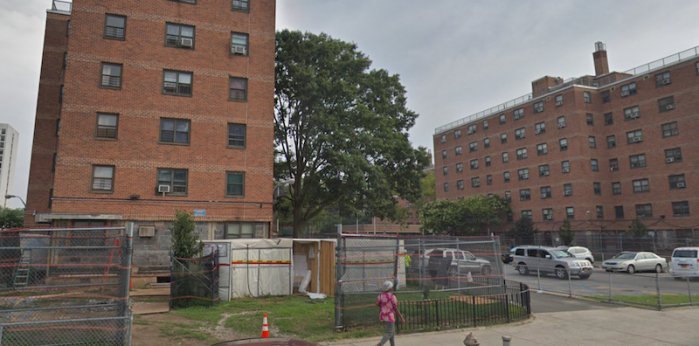At Jacob Riis Houses in Manhattan’s Alphabet City neighborhood Friday, City Public Advocate Jumaane Williams unveiled a new report documenting long standing issues with New York City Housing Authority (NYCHA) developments across the five boroughs and a list of recommendations for how to improve the city’s beleaguered public housing stock.
Williams named the report “How The Other Half Lives In Public Housing after journalist Jacob Riis’ seminal photo essay of the same name, which documented the squalid living conditions in the 1880s era tenement apartments of lower Manhattan.
“Today, our office released a report drawing inspiration from Jacob Riis’ example, entitled How the Other Half Lives in Public Housing. Our report, unfortunately, shines a spotlight and a camera flash on the conditions that tenants across our city face in public housing. It shows how the other half really lives. And how New Yorkers who form the backbone of our city are often confined to unacceptable and often even dangerous living situations,” Williams said.
“How the Other Half Lives in Public Housing is a roadmap of where we are, how we got here and what we can do to fix it. New York City can again have world renowned public housing, and this report can be a key catalyst in the fight,” he added.
Joining Williams were Assembly Member Harvey Epstein (D-Manhattan), City Council Member Alexa Aviles (D-Brooklyn) – who chairs the council’s Committee on Public Housing, Jacob Riis Houses Tenant Association President Daphne Williams and other NYCHA tenant leaders.
The report was compiled based on Williams and his team’s visits to five NYCHA campuses across the city’s boroughs, he said, and documents issues they came across in each of them. The developments they toured included Brooklyn’s 303 Vernon Ave., Queen’s Conlon Lihfe Towers, Staten Island’s Stapleton Houses, Manhattan’s Lincoln Houses and the Bronx’s Fort Independence Houses.
While visiting these NYCHA campuses, Williams said, he and his team came across issues like mold, rodent and insect infestations and elevator outages as well as problems with the heating and plumbing systems. Additionally, Williams said he spoke to several residents who accused NYCHA of trying to hide poor conditions immediately before inspections.
“Throughout the touring process, we heard a familiar story from tenants: that upon learning of the office’s imminent inspections, NYCHA conducted last minute cleanups and papered over temporary repairs,” Williams said. “This is an unsustainable and inexcusable system of support. Repairs should be conducted based on tenants needs, not inspection schedules or media attention “
The report also offers several recommendations for improving how the agency is managed, Williams said, rather than just calling for more funding. One of the recommendations is to institute an administrative system for tenants to track their work orders – in the case they think those orders had been closed out without the repairs being made.
“We heard, over and over, stories of tenants who didn’t even know that their work order was closed and the repair wasn’t even made,” he said.
On top of that, the public advocate recommended the City Council amend Local Law 127 to mandate automatic inspections by city inspectors in response to building or housing code violations reported through 311 by NYCHA residents.
In an emailed statement, NYCHA Chief Communication Officer Barbara Brancaccio said the public housing authority has implemented several reforms over the past three years but needs $40 billion in capital funds in order to effectively repair the deteriorating buildings.
“Since 2019, NYCHA has fundamentally transformed its business model, compliance, operations and management infrastructure. However, these deteriorating buildings are the direct result of decades of disinvestment by all levels of government and they require $40 billion in capital investment to effectively repair. We will continue working with our City, State and Federal partners on solutions to improve our work and quality of life for our residents.”
Earlier this year, the state legislature passed into law the NYCHA “Preservation Trust,” a new public entity proponents say will allow the city to unlock billions of dollars in federal funds by converting 25,000 units from the federal Section 9 funding program to Section 8. But while the trust is crucial for getting more funding, Epstein said, it won’t be enough by itself.
“You can’t say it’s just funding, it’s a problem we have systemically with NYCHA and we need to fix both,” Epstein said. “The state legislature moved forward with the trust, which gives NYCHA potentially the ability to get additional dollars to move some development projects forward. But it’s going to be run and managed by NYCHA. How do we ensure that the current NYCHA, which is managing these properties, will do a better job with more money to fix these developments up? It’s not clear we have those solutions and we need those and this is an important message to highlight this.”









